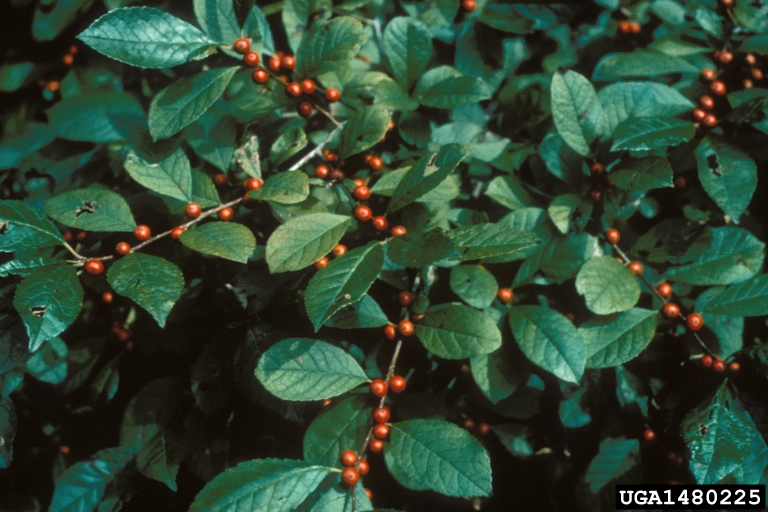Hollies are a gorgeous addition to any garden, but they are also susceptible to some common diseases that can compromise their health and beauty. If you are the proud owner of these woody, evergreen shrubs, it’s essential to understand how to spot the signs of holly diseases before they cause irreversible damage. In this blog post, we’ll cover how to identify common holly diseases, how to treat them, and how to prevent them from spreading.
Leaf Scorch
This disease attacks new growth on hollies in hot weather conditions after a wet spring season. Look for small, brown spots on the leaves, followed by black fungal growths. Luckily, this issue is cosmetic in nature and typically does not warrant treatment. Healthy hollies are less susceptible to leaf scorch. Consider applying a Bio-Stimulant twice a year to keep your shrubs healthy all year long.
Root Rot
A few different types of root rot affect holly shrubs, but phytophthora root rot is the most common type we see in our area. These fungal diseases infect the root systems of holly shrubs, causing foliage to turn yellow or brown. This disease is typically fatal and is very contagious. The best course of action is to remove severely infected hollies and to preventatively treat neighboring shrubs with a fungicide.

Photo credit: Richard Webb, Bugwood.org
Leaf Spotting Diseases
Hollies are also susceptible to some leaf spot diseases, caused by fungal pathogens or insect activity. These diseases can cause discolored spots on the foliage, which can be unsightly. Because these diseases do not threaten the overall health of mature, well-maintained holly shrubs, we do not recommend any treatment for leaf spotting diseases on hollies. However, as always, proper maintenance of holly shrubs can help them be more resistant to diseases.
Holly shrubs are relatively low maintenance, overall, but like any other plant can come under attack by diseases. By understanding the symptoms of holly diseases, identifying the types of diseases, maintaining healthy conditions, and treating (when necessary), you can ensure that your hollies remain beautiful and healthy.
Constantly monitoring your shrubs for signs of disease can be time-consuming and difficult. If you’d rather leave the fate of your shrubs up to the professionals, try our Canopy Protection Program!


